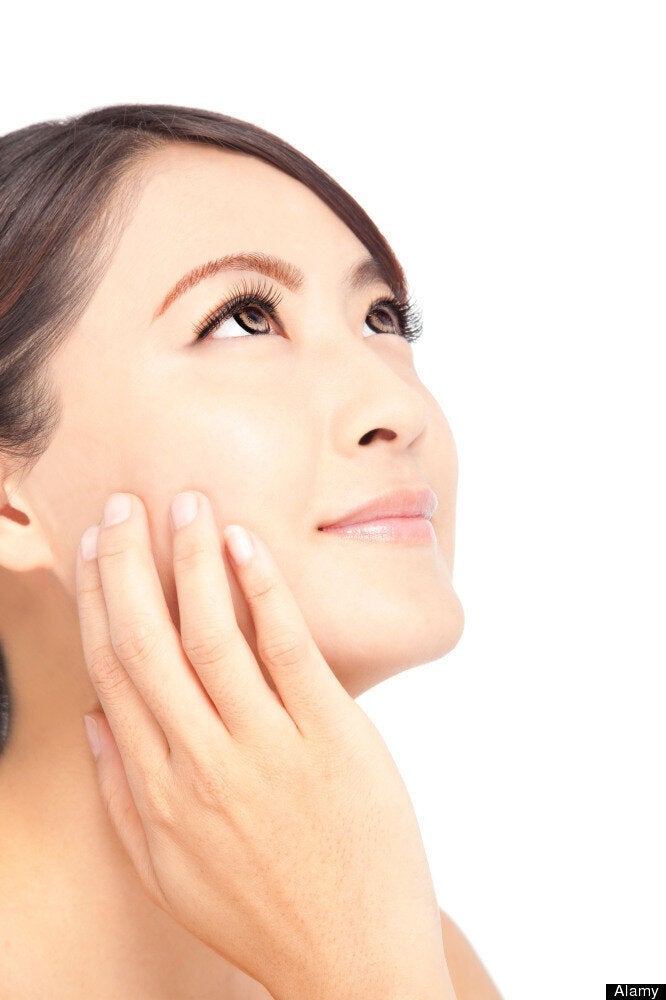Bees and allergists have one thing in common. They both see a lot of hives. In fact, Dr. Gordon Sussman, a Toronto clinical allergist and immunologist with a particular interest in this skin disease, even calls himself "the hive guy." In medspeak, hives are called urticaria. But if you think hives are nothing but raised itchy red welts caused from eating strawberries or wearing wool, think again.
Those red welts are complicated and common. There are many types of urticaria and one in five people will be affected during the course of their life; women suffer from it nearly twice as much as men do. There are hives that come and go and hives that linger. The simplest are the result of allergic reactions and last no longer than 12 hours. The most baffling ones, however, just appear and persist for months or even years.
Even more perplexing is the fact that chronic spontaneous urticaria, also called chronic idiopathic urticaria or CIU, occurs not only without warning but often without known cause. There are theories, one being that this skin disease may be virus related or an autoimmune reaction.
But whatever the cause, CIU is present six weeks or more and is cloaked in unpredictability, making it one of the most frustrating challenges in dermatology, says Dr. Sussman.
"Typically, patients present with welts which are itchy, red, and occur in a generalized distribution. It's a disease that is not going to kill you, but it's a disease which is very disabling and people cannot function. The welts can drive you crazy and patients can also have swelling of lips, eyes, hands or feet -- swellings which can be dramatic." Sometimes deeper swelling in the tissues of the skin, called angioedema, accompanies the condition.
CIU is especially frustrating because allergy tests reveal nothing and yet the hives are severe and disabling. "Patients would go from doctor to doctor trying to find the cause and treatment," he says. "Often they are told it's all in their head."
When Dr. Sussman began his practice decades ago, he found himself treating a lot of these patients. "We used to work up patients testing them to look for autoinflammatory diseases and secondary causes, but in (CIU) patients there is nothing you can identify as a cause and there is no marker in the blood that helps you to identify something."
Nonetheless, a workup of sorts is still the first step so that doctors can rule out allergies or autoimmune diseases (chronic hives can signal thyroid disease or lupus) and other skin diseases that may be masquerading as urticaria. Like other skin disorders, CIU can be painful, can impact sleep, work and socializing. CIU can also disrupt your diet: When no cause is found, patients become detectives -- sometimes going on a kind of food witch hunt, eliminating one thing or another, certain that wheat, or avocados, or berries or onions are the root of their problem.
In fact, some foods and some medications such as codeine, aspirin, and some antibiotics can provoke a type of urticaria in which allergy testing is not particularly reliable. Another type of urticaria can be caused by physical stimuli such as belts, scratches, pressure, heat, cold or exercise. Some people even get hives from sweating. Some hives are exacerbated by stress or a virus.
Once properly diagnosed, treatment is pretty straightforward. First, if an allergy is found, it's eliminated or avoided in the case of an environmental trigger. Though there have been many advances in the last several years, the first line of pharmacological treatment is still a non-sedating non-impairing antihistamine. "If it is not effective, we can increase it to four times the licensed dose," says Dr. Sussman, explaining the second line of treatment in which sedation has to be carefully managed due to dosage build-up.
But because up to 50 per cent of CIU patients experience inadequate responses to antihistamines, third line pharmacological treatments include oral corticosteroids, histamine blockers and other medications, many of which have serious side effects. Omalizumab, an injectible monoclonal antibody originally used to treat asthma, also works well in most patients with chronic urticaria. Dr. Sussman says the drug has been successful on patients who have failed treatment with antihistamines. Though side effects are rare with this category of drugs, Epi-pens are often prescribed in case of serious allergic reactions.
Lifestyle remedies can help prevent or soothe CIU and include wearing loose clothing, avoiding scratching, cooling the skin with a shower or fan, avoiding known triggers and keeping a diary to track the where and why of outbreaks. But as CIU is an easy target for alternative treatments that promise a cure but have little scientific basis, it's buyer beware when it comes to lotions and potions. Further help with hives can be found at www.chronichives.com, the website of the International Chronic Urticaria Society where a reading list and relevant links can be found.
ALSO ON HUFFPOST:
